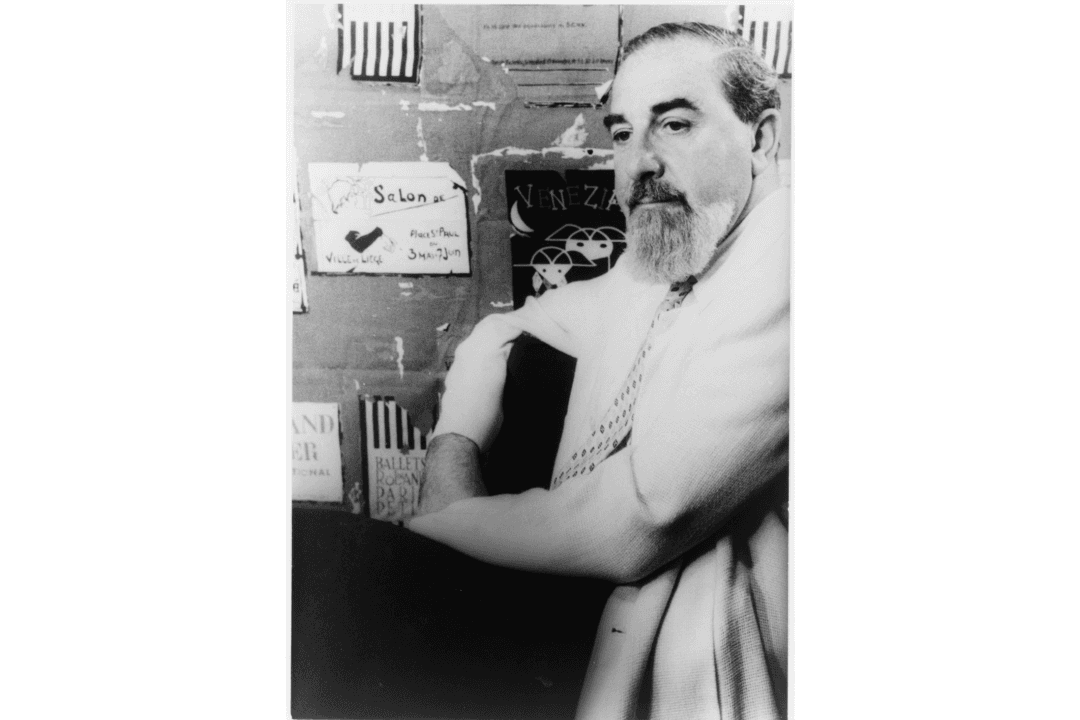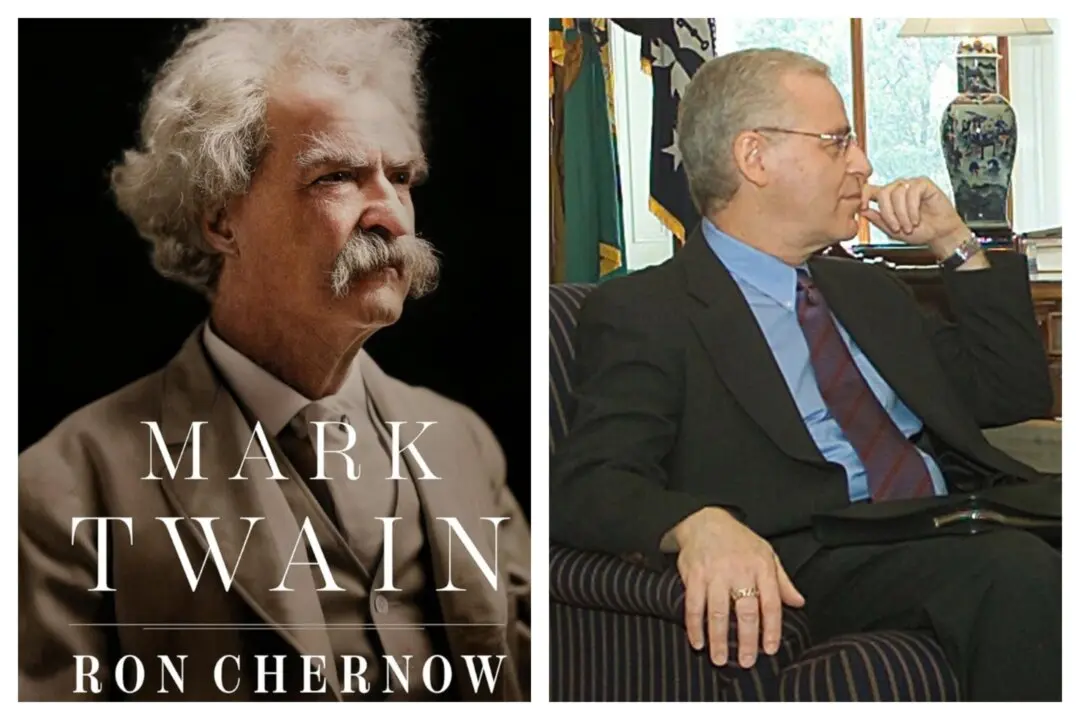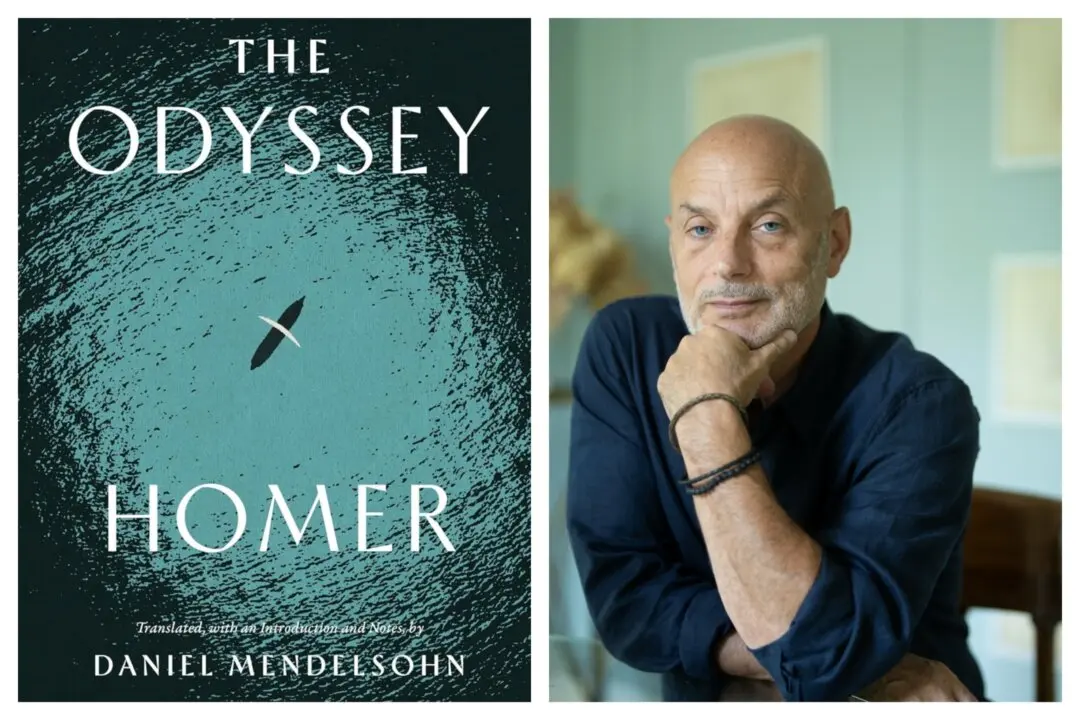Al Hirschfeld (1903–2003) grew up with an unmistakable gift for artistry. He was born and raised in St. Louis in a Jewish household with two older brothers. His father was a traveling salesman and his mother was a department store clerk, who eventually opened her own candy store. Hirschfeld’s talent, however, would cause the family to completely alter their lives. Hirschfeld’s tutor strongly encouraged the Hirschfelds to move to New York City so that the young artist could be properly trained.
In 1914, the family moved to New York and the young Hirschfeld attended night classes at the National Academy of Design. He was drawn to the Big Apple’s blossoming theater district, specifically the vaudeville shows. By the time he reached 17 years old, his work was in demand by Hollywood—or Culver City to be more logistically precise. Goldwyn Pictures (the company merged with Louis B. Mayer and Metro Pictures to become MGM in 1924) was the first film studio to purchase his work in 1920. The following year, Hirschfeld became the art director for Selznick Pictures, primarily producing movie posters. Although Hirschfeld was the art director for a studio with a large advertising budget, he continued his night classes, though at the Art Students’ League.






